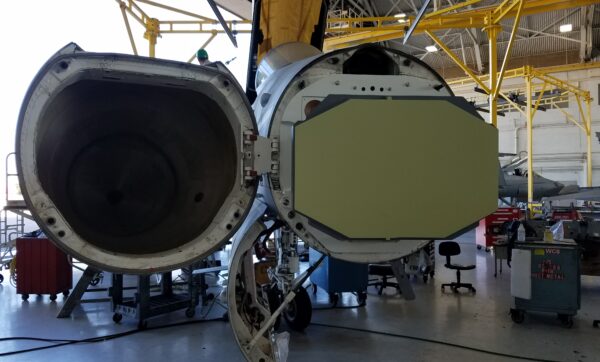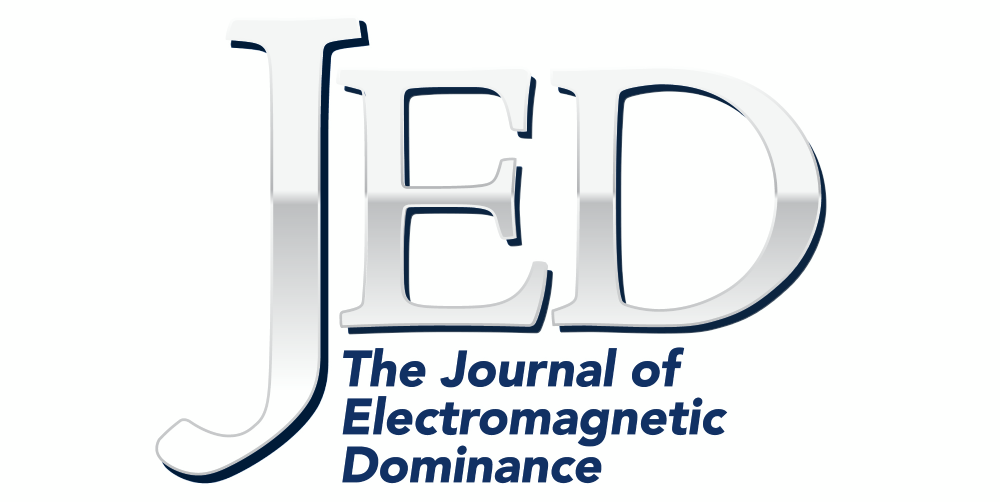
By John Knowles
The Defense Advanced Research Projects Agency (DARPA) (Arlington, Va.) has issued a solicitation (DARPA-PS-24-05) for a program that aims to develop technologies for a new generation of arrays that can provide simultaneous multi-beam, multi-function performance without degrading gain or resolution. The effort, known as Scalable On-Array Processing (SOAP), seeks to deliver the next generation of array technology that can develop and deliver “scalable algorithms that replace large matrix operations, facilitated by the design of supporting distributed processing hardware,” according to the solicitation. “The primary application of the algorithms and hardware will be large elemental digital arrays.” It also notes, “Novel processing approaches adapted from disciplines outside of radar and phased arrays are of particular interest.”
According to a program background description in the solicitation, “Digital array architectures possess recognized advantages over analog arrays, notably the ability to support multiple simultaneous beams and functions.” It goes on to state, “However, as digital arrays have evolved, array operations have continued to use algorithms for signal processing and tracking that have been long established for analog arrays. While traditional array processing algorithms (e.g., those used in adaptive beamforming) were sufficient for legacy analog arrays, as digital systems scale to more elements and higher data rates, digital bottlenecks from traditional array computations have severely limited the promise of digital arrays.” It describes these limitations as “processing bottlenecks” and “data movement bottlenecks.”
“For example,” the background description states, “phased arrays of greater than 1000 elements and instantaneous bandwidth (IBWs) of 1 GHz can easily require the real time numerical inversion of 1000 x 1000 matrices, with greater than 1 Tbps of data between the array front end and intermediate processor stages. This need to process and to move such large data flows has resulted in digital bottlenecks, which greatly limit the number of independent elements and IBWs achievable in today’s digital array architectures. These digital bottlenecks scale with both the number of elements in the array and the IBW of each element. State-of-the-Art (SOA) interconnects do not have capacity for more than a few hundred elements at an IBW of 2 GHz.”
The objective of the SOAP program is to “…achieve scalable algorithms and processing architectures to overcome the inherent digital bottlenecks that severely limit today’s wideband operation on arbitrarily large elemental digital phased arrays. SOAP seeks to develop new approaches to array operations that leverage techniques that have proven successful in other fields that have to manage large amounts of data, such as machine vision, large language model training, etc. SOAP aims to reduce the computational complexity of array processing as a function of element count, from exponential to linear scaling. SOAP also seeks to move the processing from physically separated back-end processors to processors integrated into the array, in order to fully process all the information generated at the element level, with no elemental information loss.” It further states, “To achieve these aims, SOAP will design processors that can be distributed within the array, as close to the elements as possible. These processors should be connected and networked in such a way that the data from any element can be processed by any processor. To facilitate the data movements from the elements to and between the processors, SOAP will leverage recent research in SOA interconnects being used in data centers and in the training of large language models.”
The SOAP program will address two technical challenges. Technical Challenge 1 will focus on “realizing scalable algorithms for digital array computations” by applying non-traditional algorithms, such as image processing and machine vision algorithms, to beamforming. Technical Challenge 2 will focus on “realizing processing architectures that can scale to extremely large aggregate data rate.” This can be achieved by pursuing distributed on-array processing via a “non-centralized architecture in which the computational load is shared across multiple processors” – much like a multicore processing architecture. The solicitation further explains, “It is anticipated SOAP will determine the optimal mix of computational resources specific for array processing. SOAP will move these processing elements onto the array, as close to the radio frequency (RF) elements as possible, so that processing on the digital data can begin as soon as it is generated, before having to transport it across or off the array.” It adds, “Such a distributed architecture will enable the concept of virtual sub-arrays, where any combination of RF elements, from one to all, can be used to perform a particular function. Multiple virtual sub-arrays are expected, and any element can be part of one or more virtual sub-arrays.”
The operational benefits of SOAP could be significant. The solicitation states, “It is envisioned the SOAP program will, for the first time, enable wideband digital arrays that can support high beam count (>> 10) operation at high IBWs (>> 10 MHz). Furthermore, it will enable truly multi-function (e.g., communication, tracking, search, electronic warfare, etc.) operation with low latency. In a highly contested environment, the implications are increased survivability of size-, weight-, and power-constrained platforms.”
SOAP is structured as an 18-month effort under which contractors must pursue both technical challenges. Phase 1 will conclude with a demonstration. Abstracts were due on Jan. 9, and full proposals are due by Feb. 19



